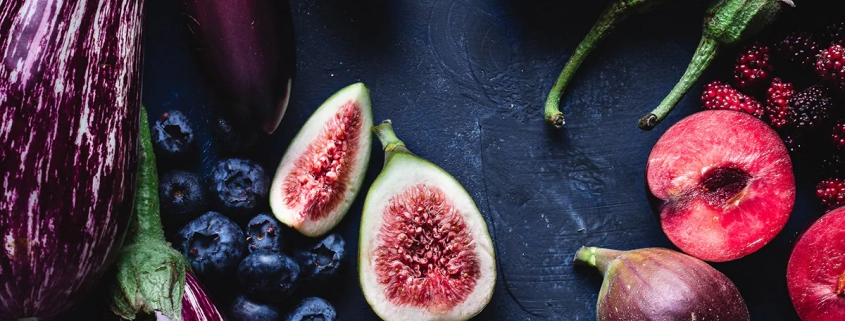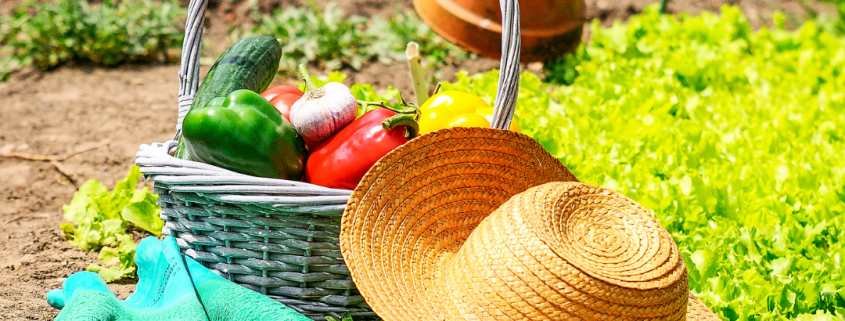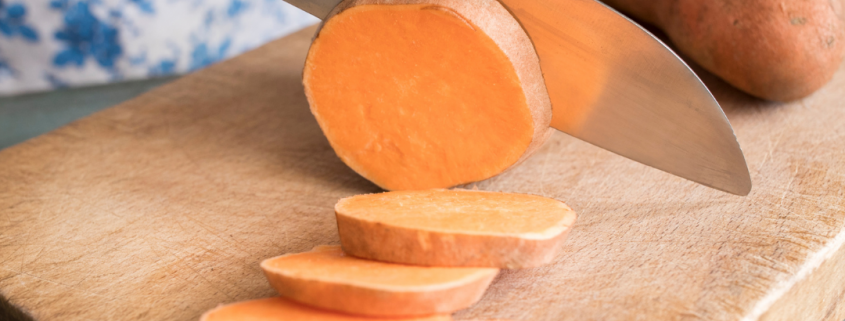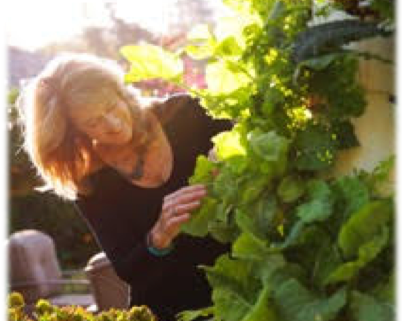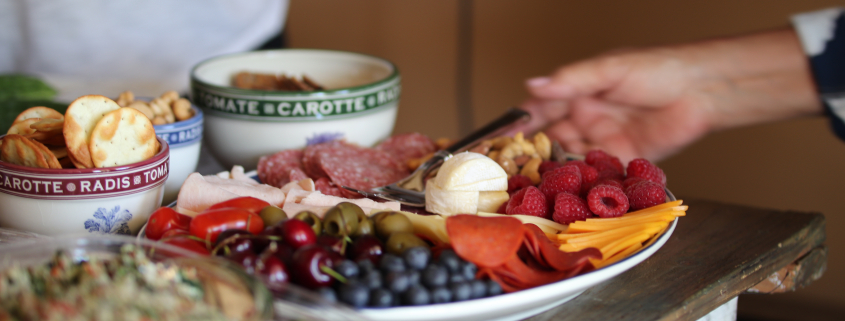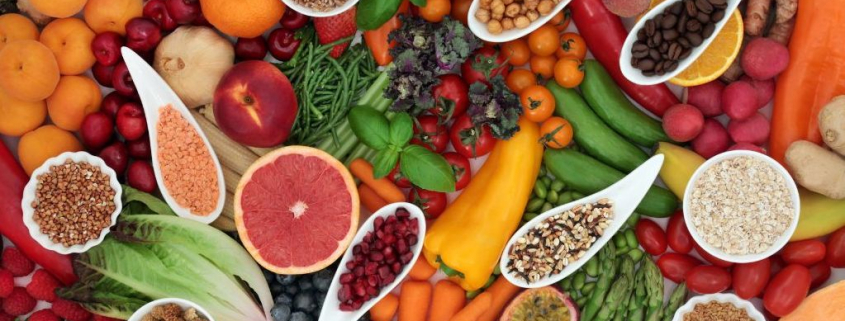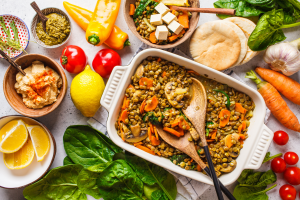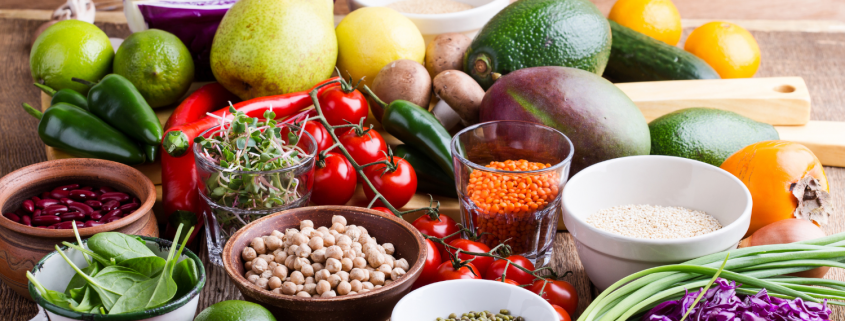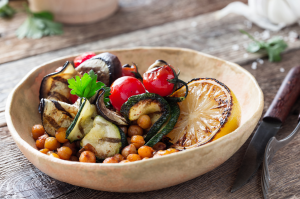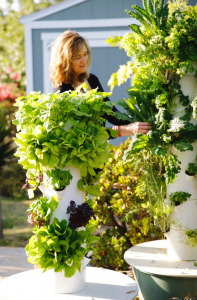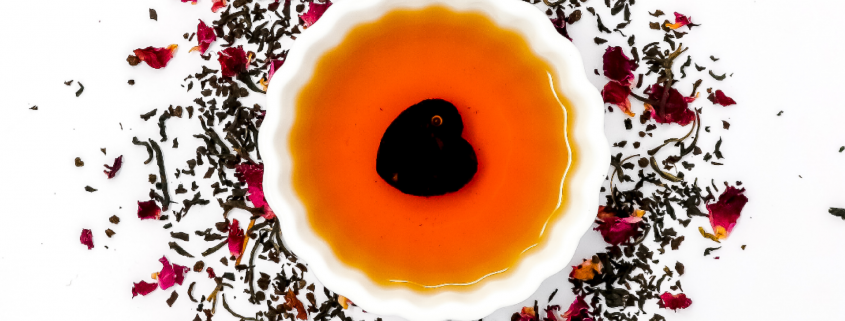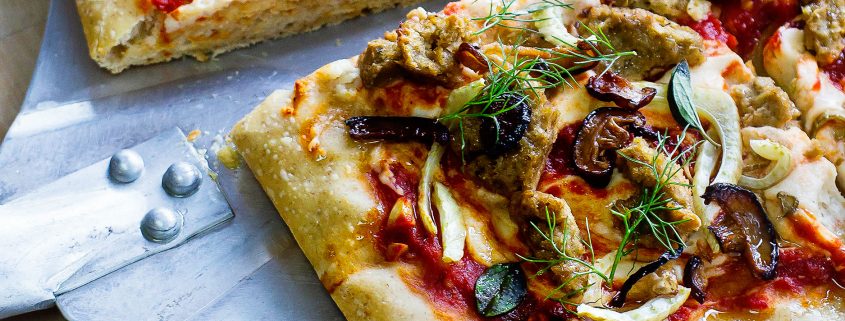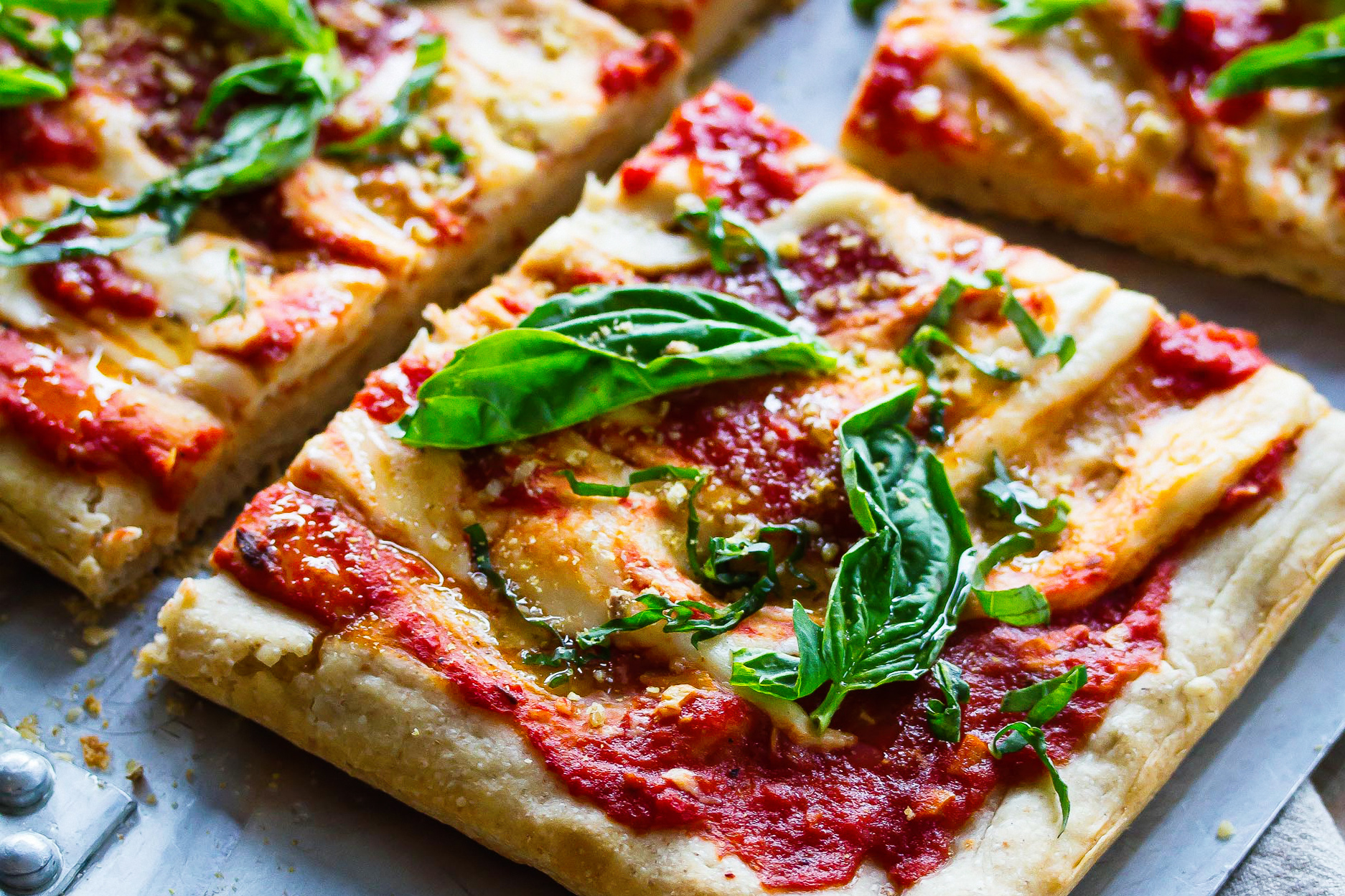Think Twice! Our Gut Is Our Second Brain
By Jessica Baker RN, BSN, E-RYT 500, YTRX
Have you ever gone with your “gut instinct?” Did you know this decision was based out of your second brain? Hidden throughout the digestive system this second brain is expanding medicine’s understanding of the link between digestion, health, emotions and even the way we think!

What is the digestive system?
Our digestive system is made up of the digestive tract, also referred to as the gut, and 3 accessory solid organs. The digestive tract is a series of hollow organs joined in a long, twisting tube from the mouth to the anus. These hollow organs include the mouth, esophagus, stomach, small intestine, large intestine and the anus. The solid accessory organs are the liver, pancreas, and gallbladder. Simply, this series of hollow and solid organs allows the body to get the nutrients and energy it needs from the foods we eat.
East Vs West
For thousands of years eastern medicine, traditional Chinese medicine and Ayurvedic medicine, have taught that the gut is the foundation of health. Their teachings prove how our gut can directly affect both our mind and body. Within the last several years, western medicine concepts have begun to explore this relationship more in-depth; citing the understanding of the links between digestion, mood, health and the way we think.
Trust Your Gut – Enteric Nervous System
We often hear people say “trust your gut” when faced with decisions in which we express doubt. Trusting your gut is a reliable way for when you feel as if you are at the crossroads of a decision. And without a doubt, science can prove this! The enteric nervous system (ENS), this brain in our gut, is an enormous number of neurons found within the gastrointestinal tract. These neurons are responsible for controlling the many functions of our GI tract. It is said, the ENS has more neurons than in the entire spinal cord! What’s amazing about the ENS system is that it works independently of our central nervous system, the system found in our brain and spinal cord. This network of neurons uses the same chemicals and cells of the brain to help us digest and alert us to when something is amiss. The ENS can gather information about the conditions inside your GI tract, process the information and generate a response without sending it back to your brain. This is the magic and science of our gut instinct!
The Vagus Nerve and Our Gut Microbiome
Vagus is the Latin word for wandering. The longest of the cranial nerves, the vagus nerve runs from your brain to your large intestine. Unlike some of our cranial nerves, this nerve has both sensory and motor functions. The superpowers of the vagus nerve serve as a bridge linking our gut microbiome to our brain. Our gut microbiome is made of trillions of microscopic organisms including bacteria, fungi, viruses and parasites. These microbiotas are found in the stomach and small intestine, with the greatest number found in the large intestine. You really can’t get through a day without seeing an article or social media post about our gut microbiome. And honestly, the gut microbiome should be a leading headline! Our gut microbiome is not a one size fits all; It is unique to each and every one of us! When our microbiome is healthy and thriving, we thrive too. But if our microbiome is polluted with pests, it has the ability to upset our whole-body system. While Western medicine has always known the importance of the microbiome, they are learning more about how it directly affects our health and well-being.
Support Your Gut Health
Supporting our digestive health is just not about eating the right foods but also paying attention to our daily habits and routines. As you have learned by now, it’s all connected!
Here are 10 ways to support a healthy gut.
Fiber — Most women do not get enough fiber in a day. It is recommended to consume at least 25g of fiber through whole foods. Good sources of fiber are found in avocados, legumes, whole grains, crunchy green vegetables, bananas/berries/apples and nuts/seeds.
Fermented Foods — Fermented foods are beneficial as they have been known to be antioxidant, anti-microbial and anti-inflammatory. These foods include yogurt, sauerkraut, miso, apple cider vinegar and sourdough bread.
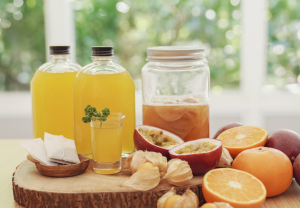
Omega 3 Fatty Acids — These fatty acids curb inflammation in the blood vessels and the rest of the body. Omega 3 fatty acids can be found in: fatty fish (salmon/tuna), flax/chia seeds, walnuts and eggs.
Prebiotics & Probiotics — Prebiotic (fibers) help feed and strengthen probiotic bacteria. Probiotics help replenish the good bacteria that naturally occur in a healthy intestine. All prebiotics are dietary fiber! Probiotics can be found in all fermented foods! (Examples listed above in the complimentary category) Pre/Probiotics are also the most popular supplement and are readily available just about everywhere.
Limit Added Sugars — Excessive sugar consumption increases the growth rate of bad bacteria disrupting the microbiome balance. Limit foods with added sugar (not including natural sugars as found in fruits/vegetables) to about 24g a day.
Stay Hydrated — Staying properly hydrated is important for supporting digestion and maintaining proper bowel function. Before taking that first sip of caffeine in the AM, drink a glass of water to start your rehydration cycle. Set a goal to drink at least 8 -10 glasses of water throughout the day.
Sleep — Does poor sleep cause an imbalanced gut microbiome or does an imbalanced gut microbiome disrupt sleep? We are still trying to figure this out. Keep consistent sleep patterns. Engage in calming activities before bed to signal to your body that is time to start winding down. Aim for 7-9 hours of sleep every night.
Breathing — Abdominal breathing, also called diaphragmatic breathing, is a type of breathing for which our stomach expands on the inhale and contracts on the exhale. Activating the diaphragm creates a gentle massage action for our GI organs. (Lie flat or in a reclined resting position. Place 1 hand on your abdomen. Inhale slowly and deeply through your nose into your abdomen allowing it to rise. Exhale through your mouth, allowing your abdomen to contract. Repeat this breath series 5-7 times.)
Exercise/Movement — Movement improves circulation. When our gut has “good flow” it becomes stronger and better able to maintain the right balance of healthy bacteria. We have slowly become a society of immobility largely due to the advancements of technology. So, let’s get moving! Walking, biking, and yoga are just a few of the exercises shown to improve overall gut health. Make movement a priority in your everyday!
Meditation & Stress Reduction — Meditation has been found to reduce levels of epinephrine, norepinephrine, and cortisol, all biological markers of stress. Take a 5-minute break! Find a quiet space to sit or lie down. Close your eyes and repeat silently “May this be of benefit to me.” While gently inhaling and exhaling repeat this affirmation repeatedly. Visualize receiving positive energy from the earth and your surroundings.
In Summary
Our daily lifestyle habits and the foods we choose to put into our bodies become vital to our physical and emotional well-being. Science has shown us that not only does our GI tract have the ability to gather information but to also process it. So, the next time your gut is talking to you…take some time to listen. It’s much smarter than you may have once thought!
References:
(12/2017) NIH (NIDDK) Your digestive system and how it works.
(09/2023) Cleveland Clinic. Body Systems & Organs. The Gut-Brain Connection.
(08/2023) Cleveland Clinic. Body Systems & Organs. Gut Microbiome.
If you liked this post check out this one about redefining anxiety!
If you would like to support the Living Beauty Cancer Foundation and help provide vital wellness and support services free of charge to women with cancer you can become a monthly donor!
Learn more about Living Beauty’s programs and services here!


